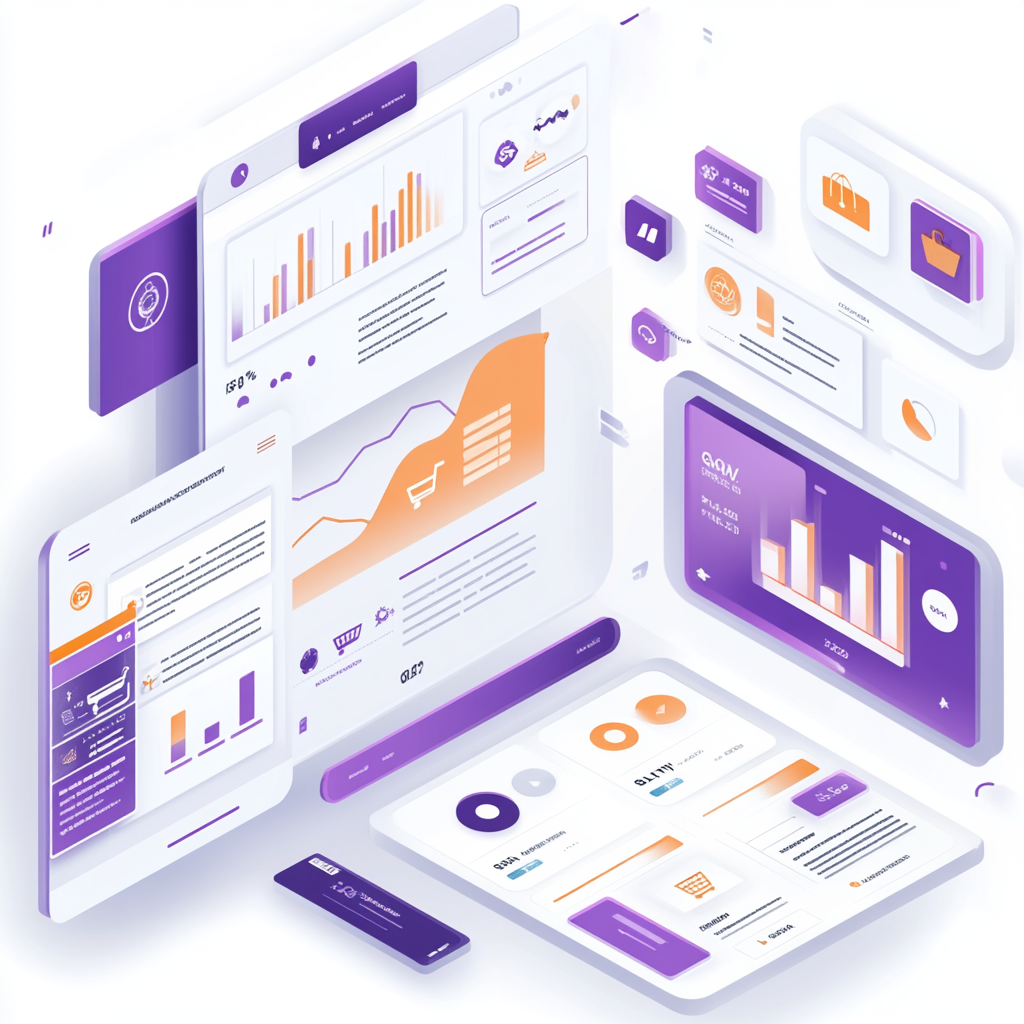In the rapidly evolving world of e-commerce, success depends not only on having an excellent product but also on making data-driven decisions. With competition increasing daily, understanding the key metrics that drive your business is critical. For e-commerce entrepreneurs, tracking the right metrics is the difference between success and mere survival.
In this article, we will explore three key metrics that every e-commerce business should monitor: Conversion Rate, Customer Acquisition Cost (CAC), and Customer Lifetime Value (CLTV). By the end of this article, you will understand why these metrics are vital and how to use them to boost the sustainable growth of your online store.
Conversion Rate: Turning Visitors into Buyers
What is the Conversion Rate? The Conversion Rate is the percentage of website visitors who complete a desired action, such as making a purchase, signing up for a newsletter, or adding items to their shopping cart. In e-commerce, the primary focus is usually on the purchase conversion rate.
Why is the Conversion Rate Important? The Conversion Rate directly reflects the effectiveness of your website and marketing strategies. A high conversion rate indicates that your website is user-friendly, your products are attractive, and your marketing is reaching the right audience. Conversely, a low conversion rate may indicate issues such as a confusing checkout process, insufficient product descriptions, or ineffective targeting.
How to Improve the Conversion Rate:
- Optimize Website User Experience: Ensure your website is easy to navigate, loads quickly, and functions well on mobile devices.
- Enhance Product Descriptions: Use high-quality images and detailed descriptions that highlight the benefits and features of your products.
- Simplify the Checkout Process: Reduce the steps required to complete a purchase. Offer multiple payment options and consider enabling guest checkout.
- A/B Testing: Regularly test various elements on your website, such as headlines, CTA buttons, and layouts, to see what leads to higher conversions.
Monitoring the Conversion Rate and continuously optimizing based on data will help you maximize the return on your marketing investments and increase your revenue.
Customer Acquisition Cost (CAC): Measuring Growth Costs
What is Customer Acquisition Cost (CAC)? Customer Acquisition Cost is the total cost of acquiring a new customer. It includes all expenses related to marketing, advertising, sales, and any other costs associated with attracting new customers. This metric is calculated by dividing the total acquisition costs by the number of new customers acquired during a specific period.
Why is CAC Important? Understanding CAC is essential for determining your business’s profitability. If CAC is too high, it can reduce your profit margins, making sustainable growth difficult. On the other hand, a low CAC means you are attracting new customers efficiently without overspending.
How to Optimize CAC:
- Leverage Organic Traffic: Invest in SEO, content marketing, and social media to increase organic traffic, reducing reliance on paid ads.
- Retargeting Campaigns: Use retargeting to re-engage visitors who did not convert on their first visit, lowering the overall CAC.
- Referral Programs: Encourage satisfied customers to refer others to your store, leveraging word-of-mouth to acquire new customers at a lower cost.
By controlling CAC, you ensure that your business remains profitable even as it scales.
Customer Lifetime Value (CLTV): Unlocking Long-Term Profitability
What is Customer Lifetime Value (CLTV)? Customer Lifetime Value is the total revenue a business can expect from a customer over the course of their relationship with the company. This metric considers repeat purchases, customer loyalty, and the overall revenue generated from a customer.
Why is CLTV Important? CLTV is a critical metric because it helps you understand the long-term value of your customers. When you compare CLTV with CAC, you can assess the overall health of your business model. If CLTV significantly exceeds CAC, you have a profitable business model. However, if CLTV is close to or lower than CAC, you may need to reassess your customer acquisition and retention strategies.
Strategies to Increase CLTV:
- Implement a Loyalty Program: Reward repeat customers with discounts, exclusive offers, or points that can be redeemed on future purchases.
- Upsell and Cross-sell Products: Suggest related products or premium versions of items in the shopping cart to increase the average order value.
- Personalized Marketing: Use data to tailor marketing messages, offers, and product recommendations to each customer’s preferences.
By increasing CLTV, you can justify a higher customer acquisition cost and focus on long-term growth rather than short-term gains.
Tracking the Right Metrics for E-commerce Success
In the e-commerce industry, data is king. Focusing on key metrics like Conversion Rate, Customer Acquisition Cost, and Customer Lifetime Value is crucial for making informed decisions and driving sustainable growth. These metrics provide valuable insights into the health and profitability of your business, allowing you to optimize your strategies, improve customer experience, and ultimately scale your business effectively.
Regularly monitor these metrics, set benchmarks, and implement strategies to improve them over time. By doing so, you will position your e-commerce business for long-term success and maintain a competitive edge.

